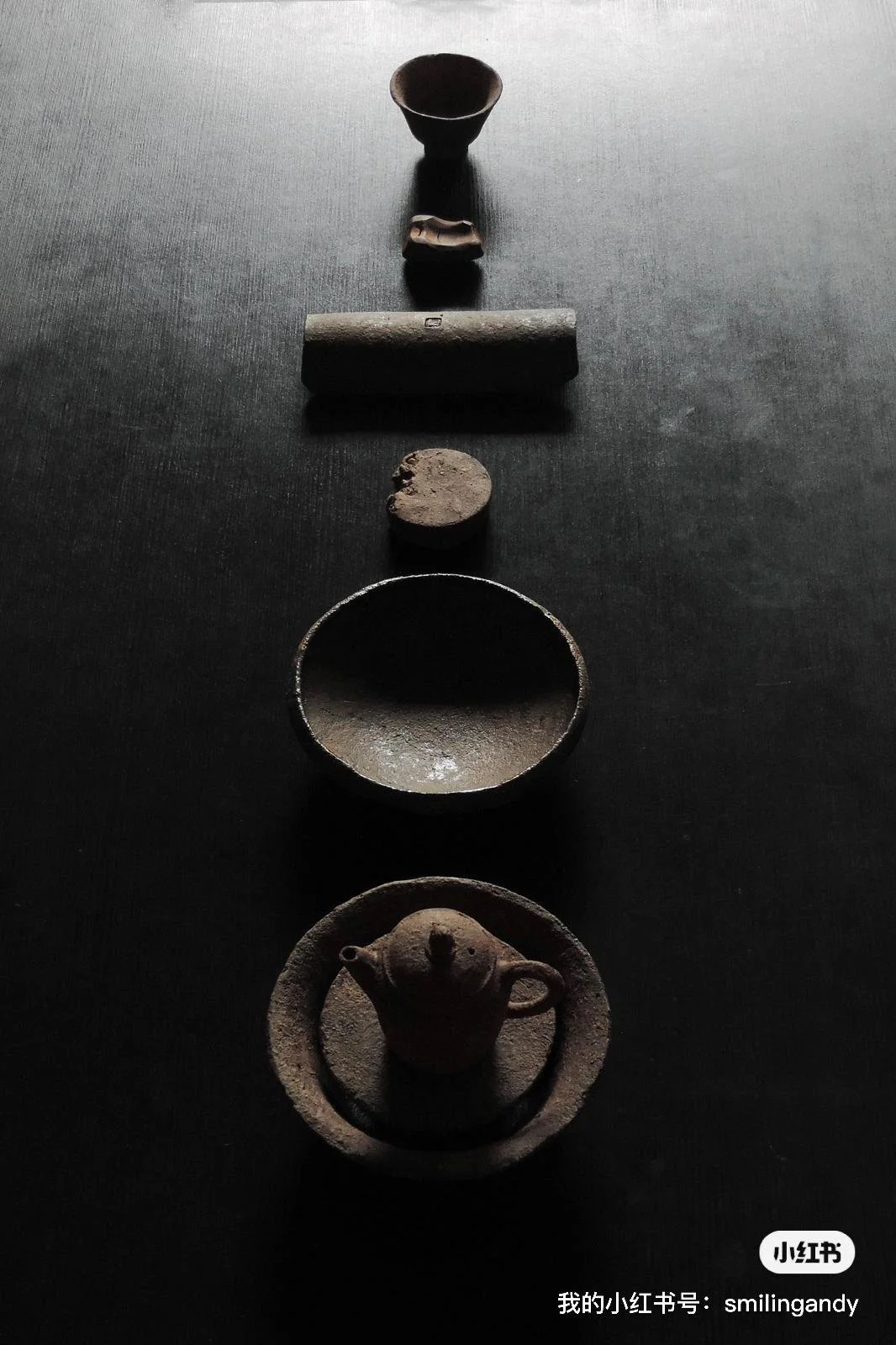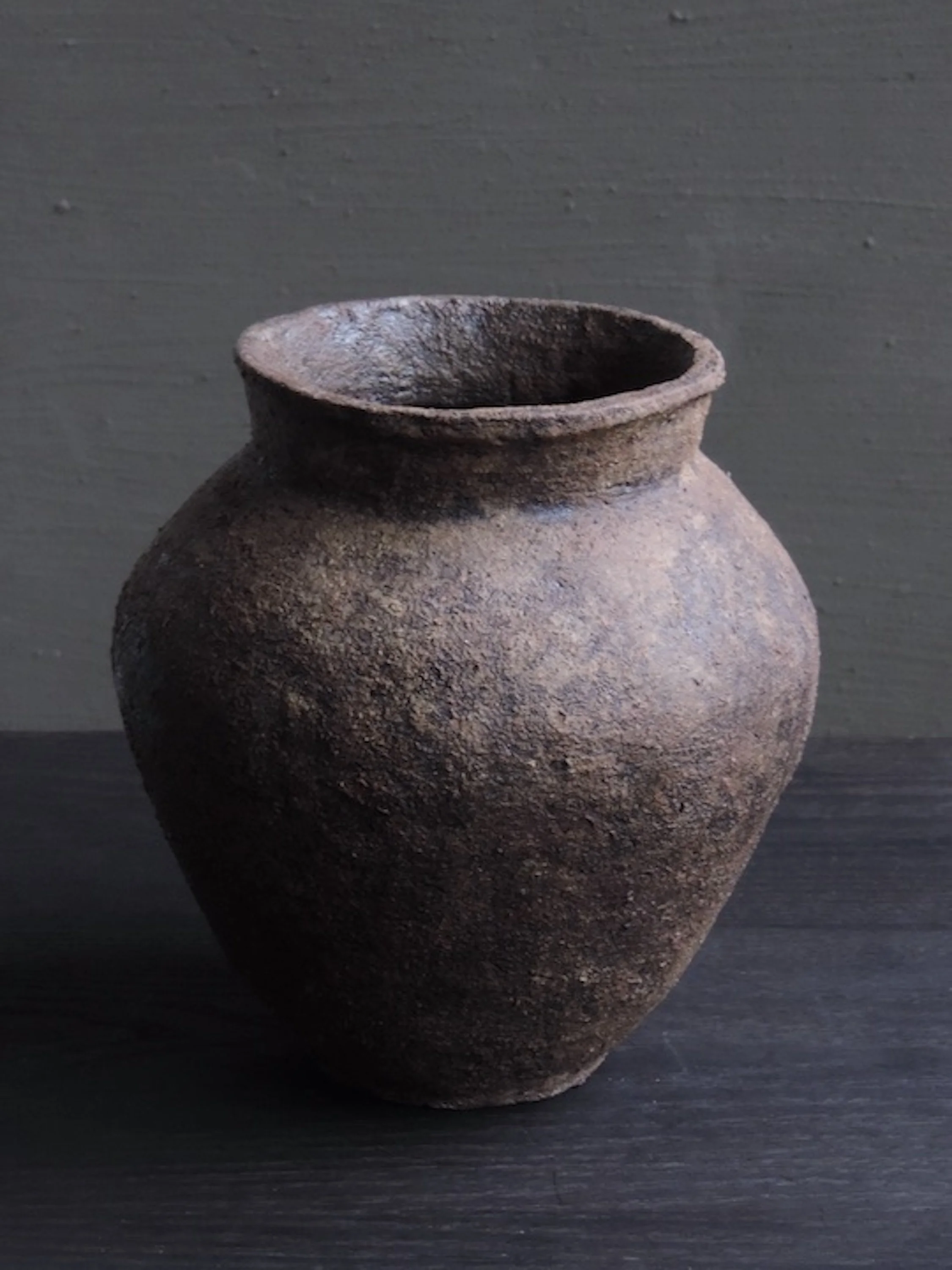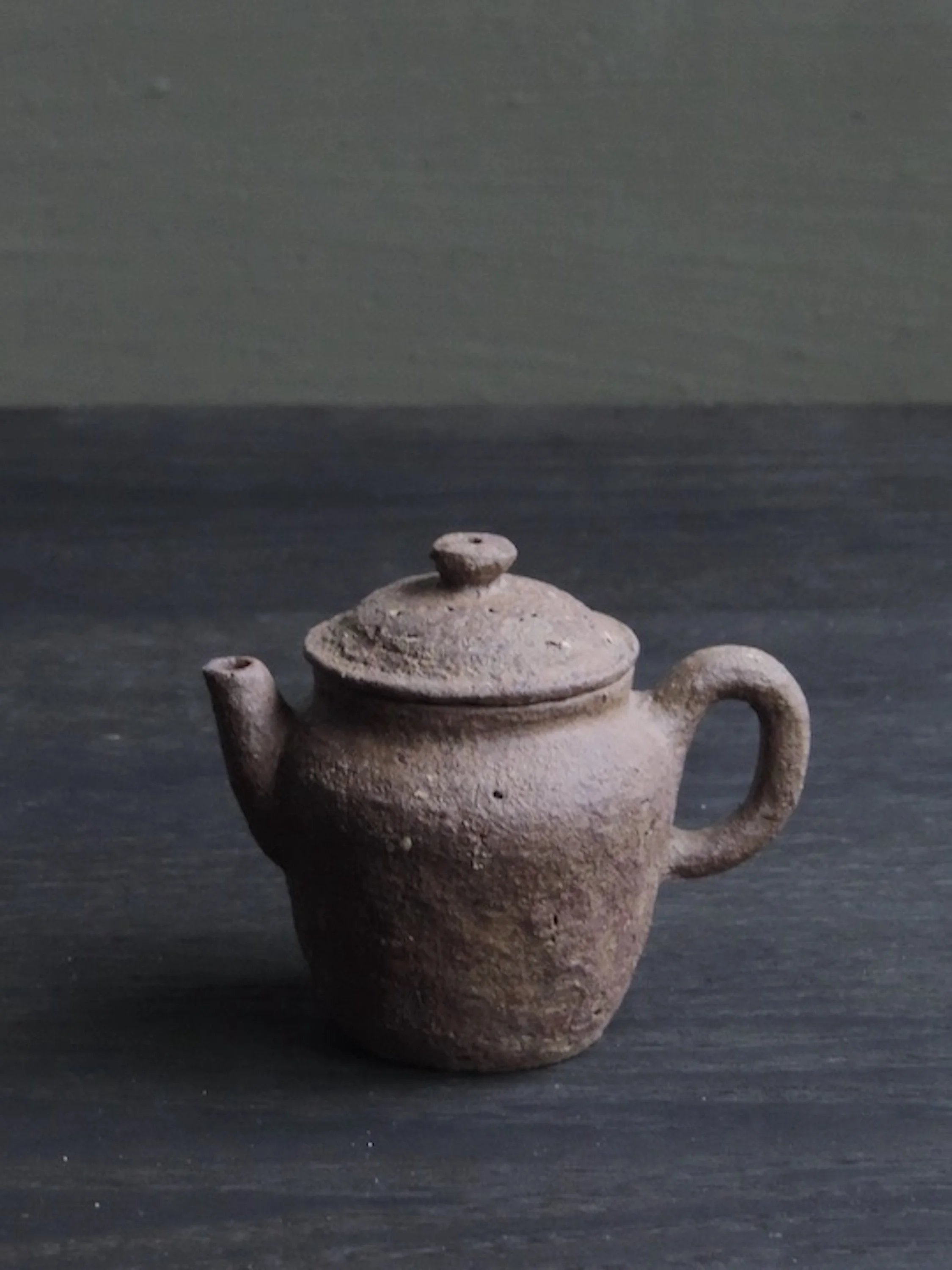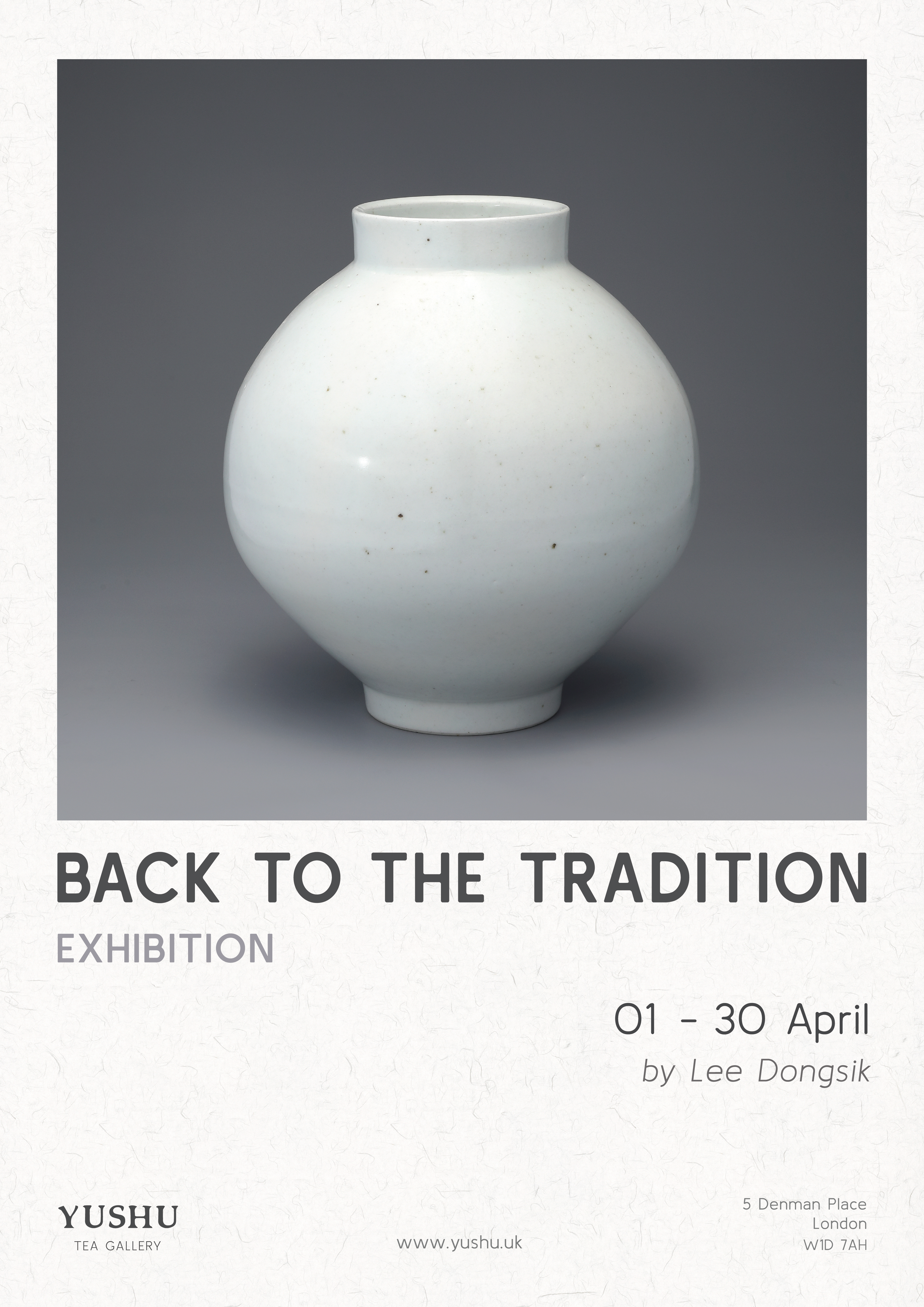Farewell Tea Ceremony, Sunday 12th
Mitch Iburg
Mitch Iburg (b. 1989) is an American ceramic artist researching and producing work with local clay and mineral resources foraged through his home state of Minnesota. Through an interdisciplinary approach to exploring materials, his studio practise highlights the overlapping languages and expressions of geologic research, contemporary art, and craft traditions.
He received his Bachelor of Arts in Fine Art in Coe College in 2011 and has since worked in studios in Virginia, New York, California, Denmark and Estonia – adapting bodies of work in response to the natural expressions and local clay resources found within each location.
His work has been showcased in multiple publications and featured in the New York Times. He exhibits regularly throughout the US and abroad – most recently at Sage Culture (Los Angeles), Studio IMA (Mexico City), and Hugomento (San Francisco).
In 2018 he co-established Studio Alluvium with his wife, Zoë Powell in Sain Paul, Minnesota. In addition to functioning as their personal workspace and showroom, Studio Alluvium serves as an educational space for local clay research and hands-on workshops.
Artist Statement
By investigating local clay, mineral resources, and geological expressions inherent to specific regions throughout my home state of Minnesota, I aim to create work which combines the physiological substance and behavioural characteristics of the landscape to form an expression of its terroir.
The diversity of the state’s resources inspires me to both embrace and challenge conventional ceramic techniques in an effort to explore materiality along a spectrum of art forms.
Through this approach, my studio practice explores the diverse and often overlapping languages of the vessel, sculpture, installation, and two-dimensional media. Each body of work offers a unique way of understanding place, process, material, and form. Collectively, I view each series as a specific resolution to the tensions between artistic intent, ceramic traditions, and the intrinsic properties of natural materials.
From the moment we decided to open the first Yushu exhibition space in London, my heart was set on Mitch Iburg. I can't give a clear reason as to why, I just knew it must be him.
Mitch harmonises his creations with nature, drawing the audience to have a deeper appreciation of both. This kind of philosophy, like Zen thought, penetrates the boundaries of time and space, and is destined to make his works classic and eternal, transcending the essence of beauty.
My appreciation for Mitch started with his flower vases. When I contacted him a few years ago, he had not yet set foot in tea wares, so I sent him some good Chinese tea and asked him to try to use his wisdom to create tea wares for Yushu. I never would have thought that he would evolve and push the style of his sculptures so far, or that his paintings, created with the same clay, would have been collected by Aman New York.
Tea wares have become the highlight of this Yushu London exhibition. No one dared to believe that, after a few years, the vivid charm of Chinese aesthetics could be found in the bones of this ceramic artist far away in the United States. From paintings to sculptures to utensils, every work, I can't put it down. Mitch's skills and wisdom will be perfectly presented to everyone through each work in this exhibition.
No matter what the result of this exhibition is, Yushu will collect his works as a sincere admiration for his artistic creation.
— Andy Wong, Founder of Yushu
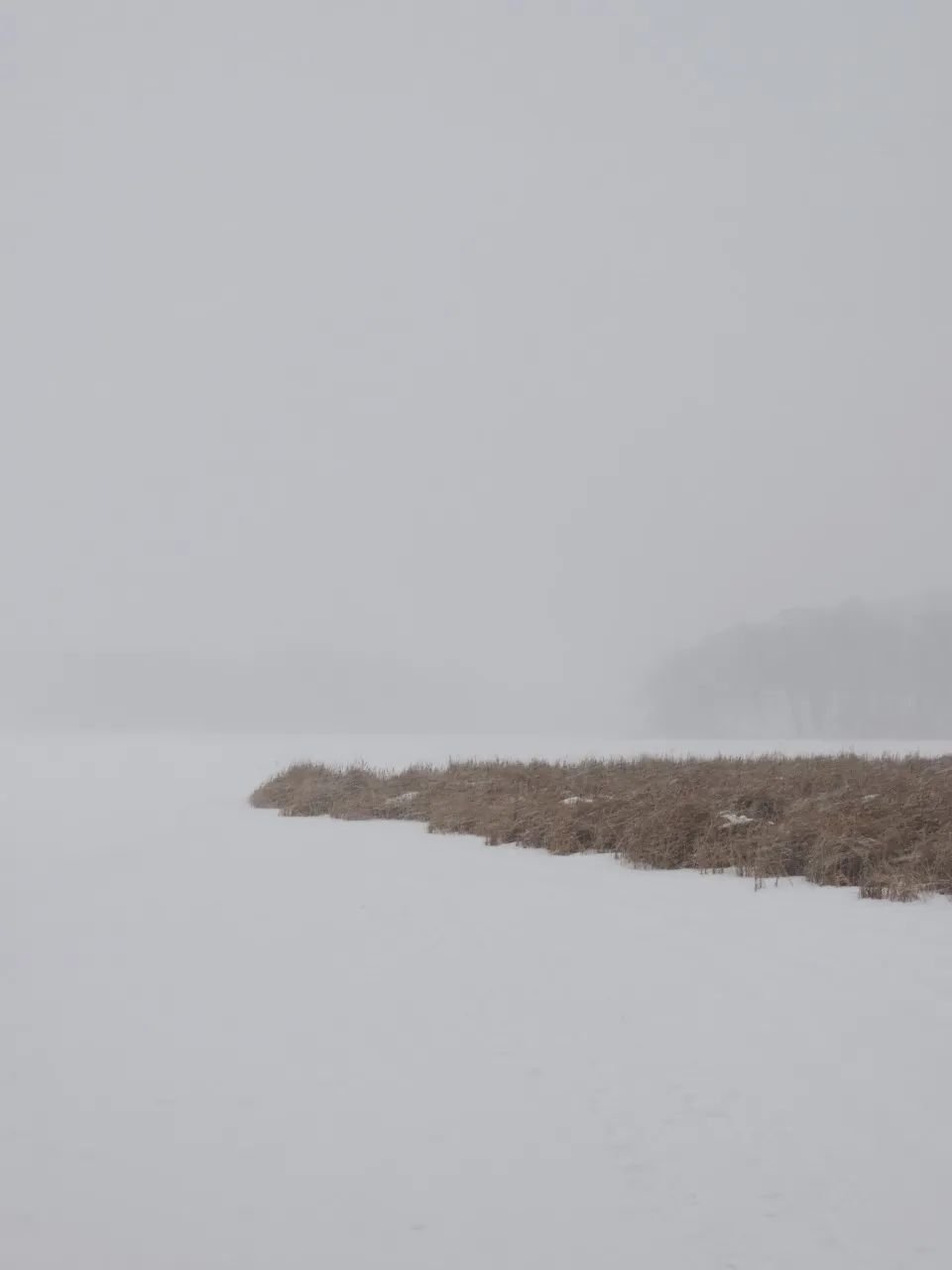
Interview - Yushu × Mitch
Q1: What is the most challenging part of this kind of work?
I have always been fascinated by the natural world. The textures of stone, the gesture of trees, and the color of autumn leaves all convey a deep story of many unseen forces at work. The same is true for the materials I use in my studio. The clay, sand, and rocks I collect throughout Minnesota tell the story of how the landscape was formed and changed over time.
My biggest challenge is allowing the raw materials to speak for themselves and to tell their own history. This is important because I want people who use and view my work to have a strong feeling of the landscape around me. If the clay is worked too much, the voice of the earth is covered up. If it is not shaped enough, my identity is not present in the finished piece.
It has taken many years of practice to find this balance - the point where the voice of nature and maker are in harmony.
Q2: You have a very complete system of your work - vessel, painting, sculpture etc.How is your work to be connected to this kind of complete space? How can we see your situation in your work?
In my studio I create many different styles of work - tea ware, tableware, sculpture, paintings, and vessels. Each style presents unique challenges and opportunities for exploration, similar to the way different musical instruments allow a musician to create diverse sounds - The mood of each note is expressed differently based on the choice of instrument.
With many projects taking place at once, my studio often appears unfocused, but for me, this comprehensive approach is the best way to truly understand the earth and share it with others. Showcasing multiple bodies of work together is an important way of conveying my particular research process. My ultimate goal is to present the earth from different perspectives.
Q3: How long did it take to form this kind of style?
I first began working in clay 11 years ago. Over time my work has slowly evolved in response to new materials, different landscapes, and other interests. Learning about geology has been the largest and most important influence. Aside from learning about the materials themselves, many of the textures and forms I produce are directly inspired by rock features I have seen near my studio or while traveling. For example, the wave-like patterns on the opening of my vessels are inspired by layered sedimentary rocks found along the Mississippi River. These rocks once existed in flat, horizontal strata. Over time, rivers have eroded the rock into expressive gestures.
Aside from geology, my work has been greatly influenced by Asian philosophies and artworks. Early in my career I became interested in Zen Buddhism and the Way of Tea. I developed an appreciation for the tea-ware of China, Korea, and Japan and the unique traditions and ceremonies of tea preparation in each country. The philosophies and aesthetics of Tea Culture have taught me much about seeing and appreciating nature in its purest form - something very relevant both in my work and life.
Q4: Your work is very eastern aesthetic. How do you feel about the topic ‘silent language.’ And how do you interpret this topic?
There are many words to describe the expressions of the natural world, but the best way to truly understand it is to form a direct connection with nature itself. I can use the words ‘serene, peaceful, or silent’ to describe the feeling of standing deep in a forest, but these words do not communicate the full effect and feeling. When you experience it yourself, you know.
The same problem of language exists in artwork. There are many feelings which escape words but still can be recognized among people of different cultures and spoken languages. The clay vessel is a good example of this. Vessels tell us many things about ancient cultures and their technology. We can learn when, why, or how they were made by reading about their history, but there is much more to the vessel - the feeling of stillness, the awareness of passing time, the spirit of the maker, and the presence of nature itself. These are things that do not need to be written for us to understand. They are part of our language as humans.
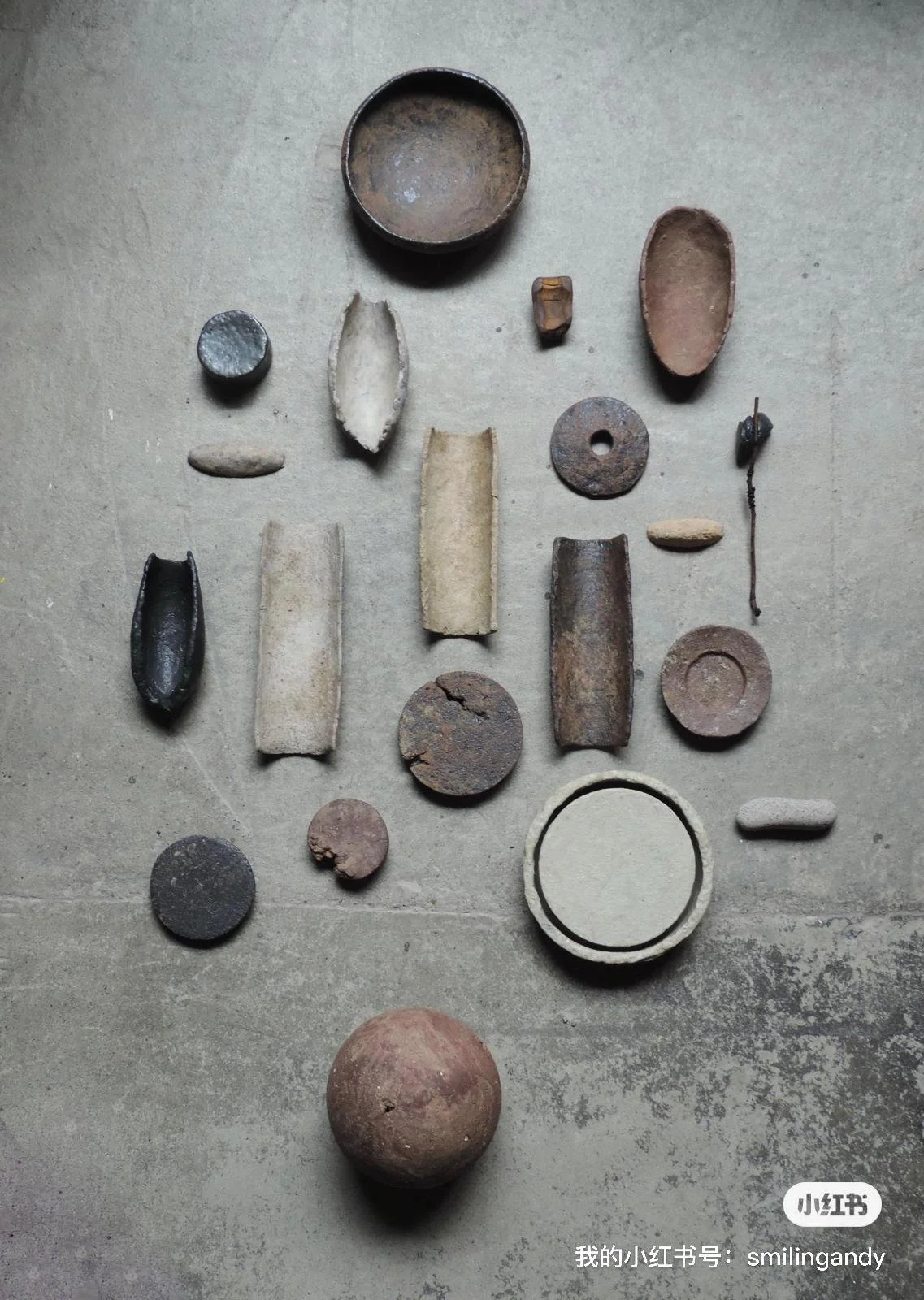
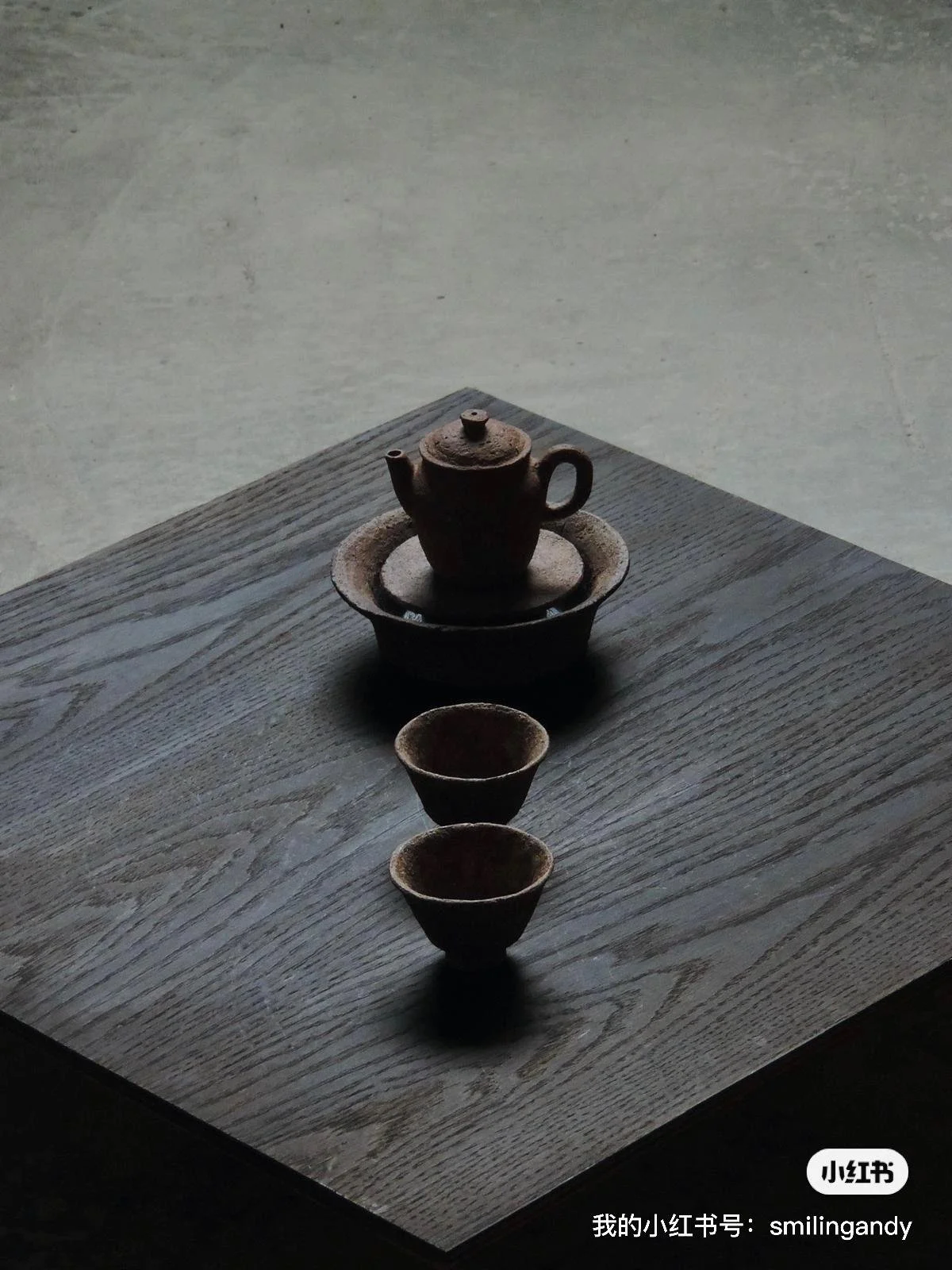
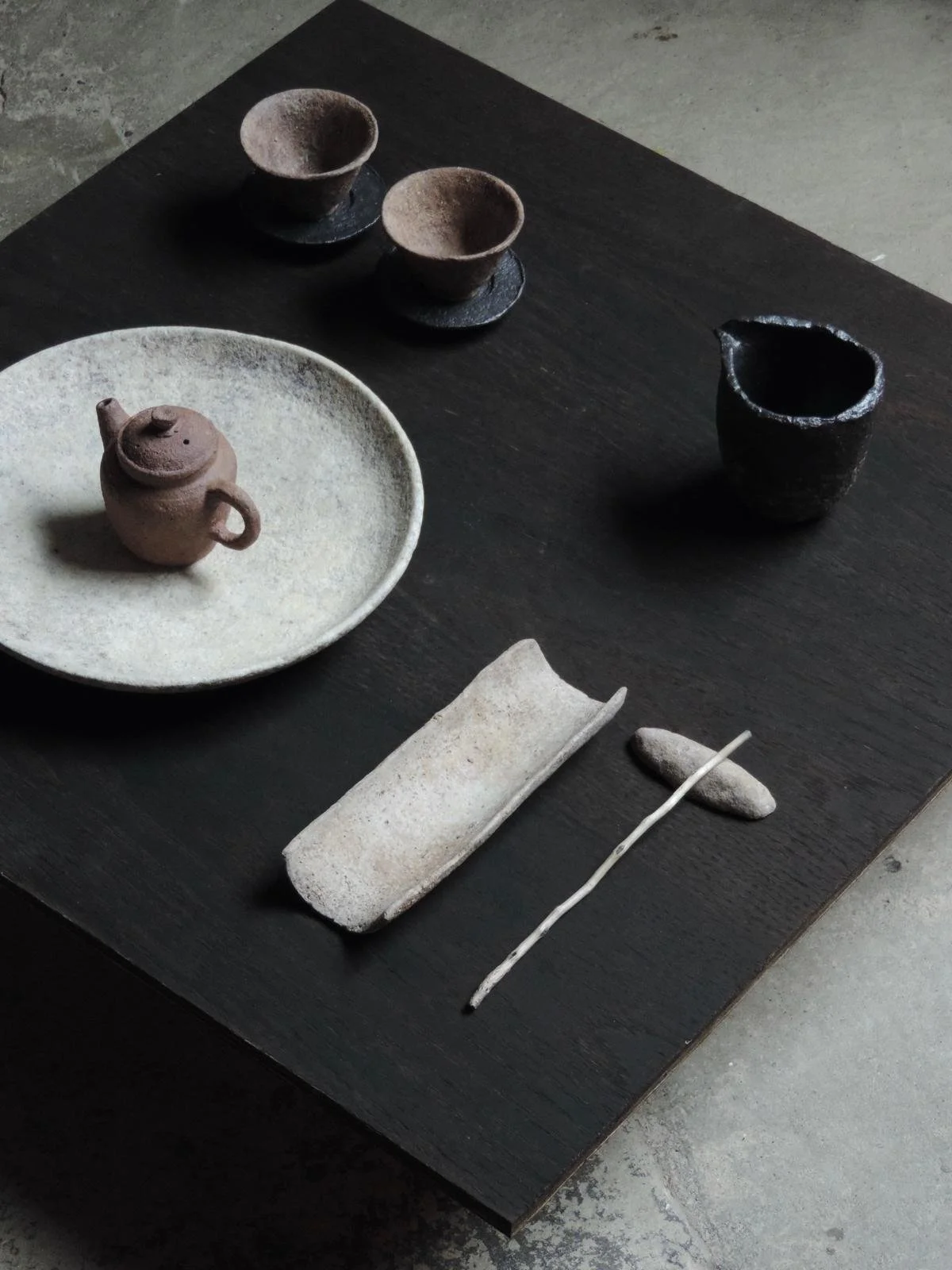

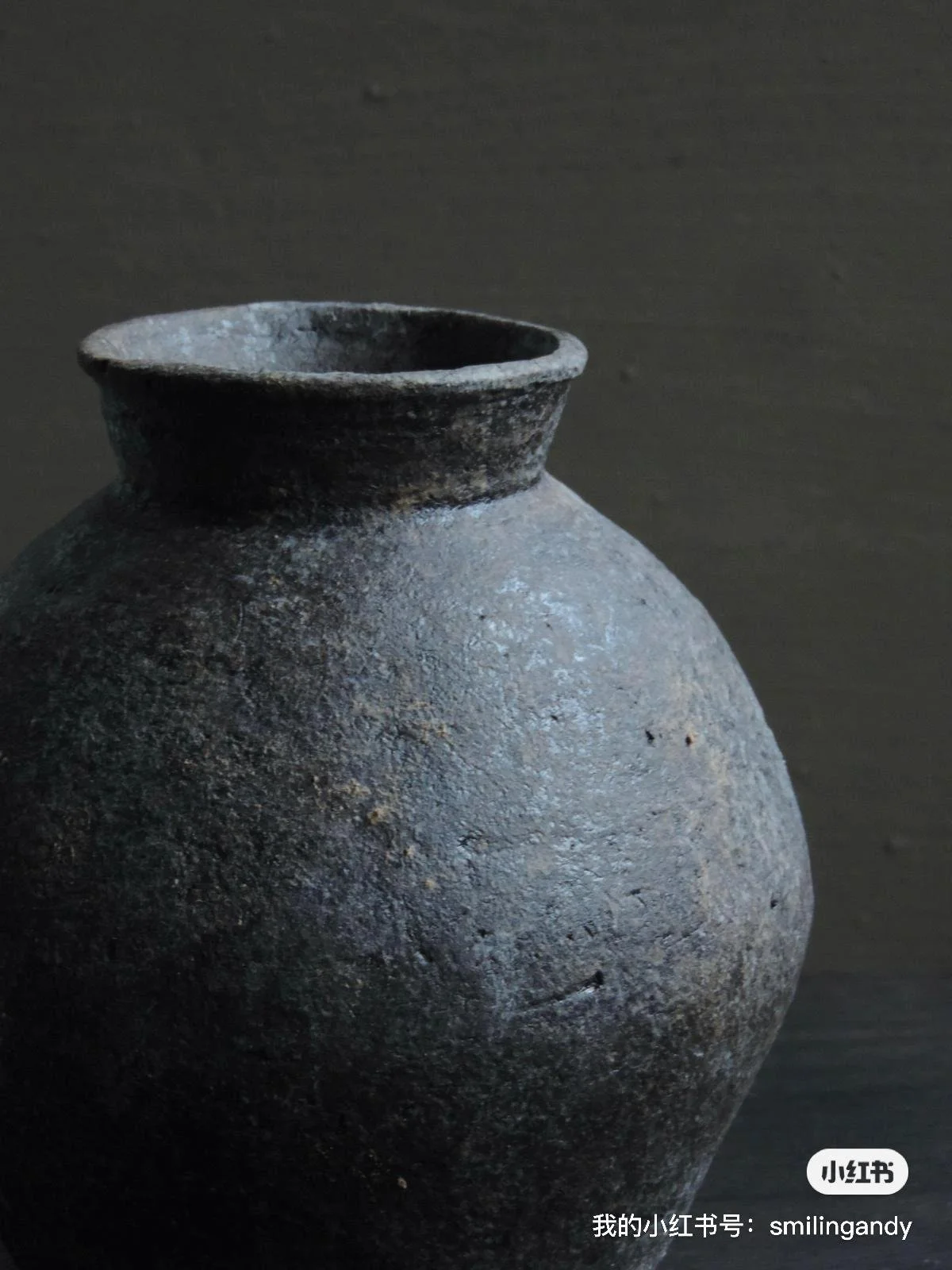


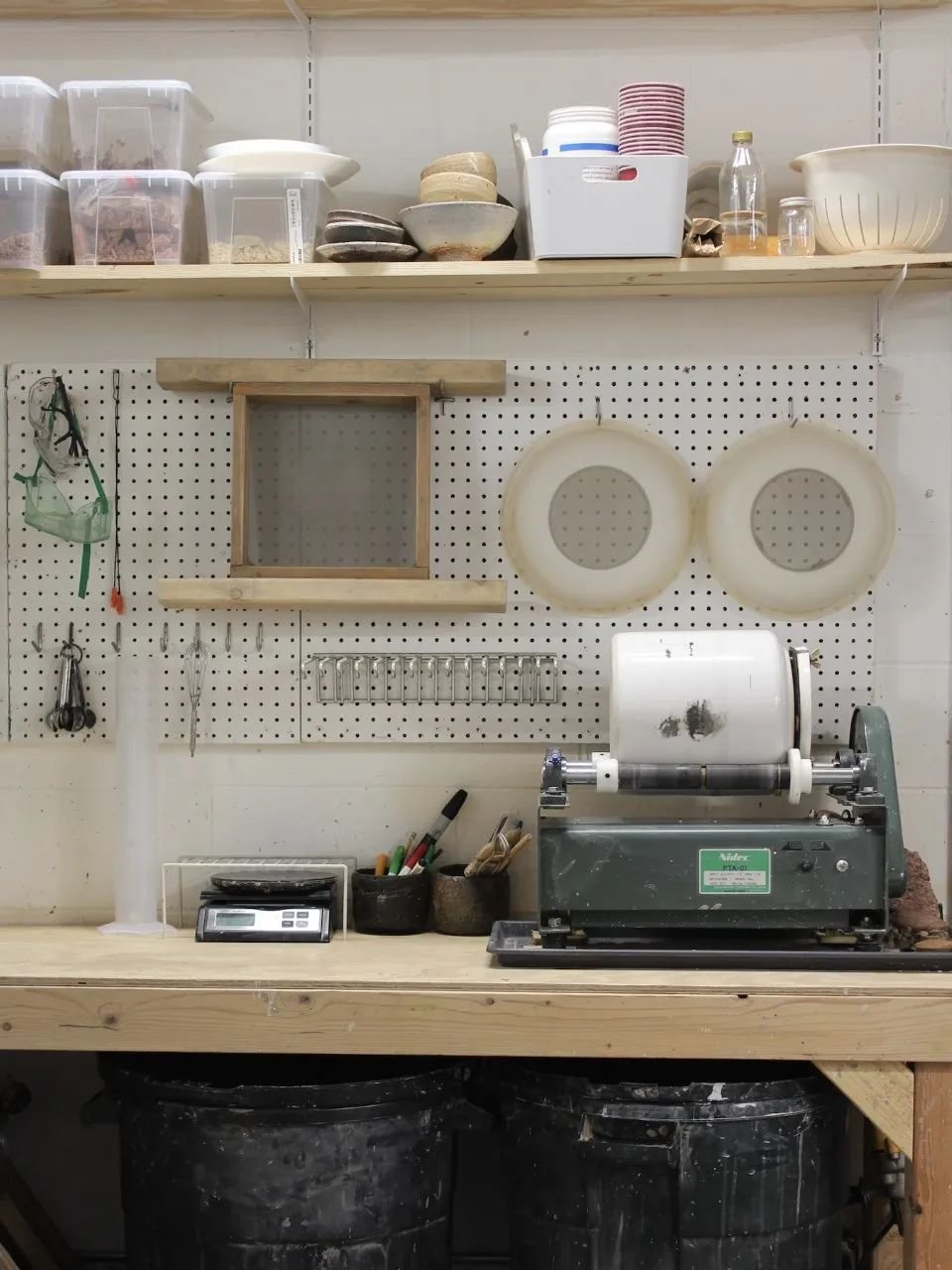
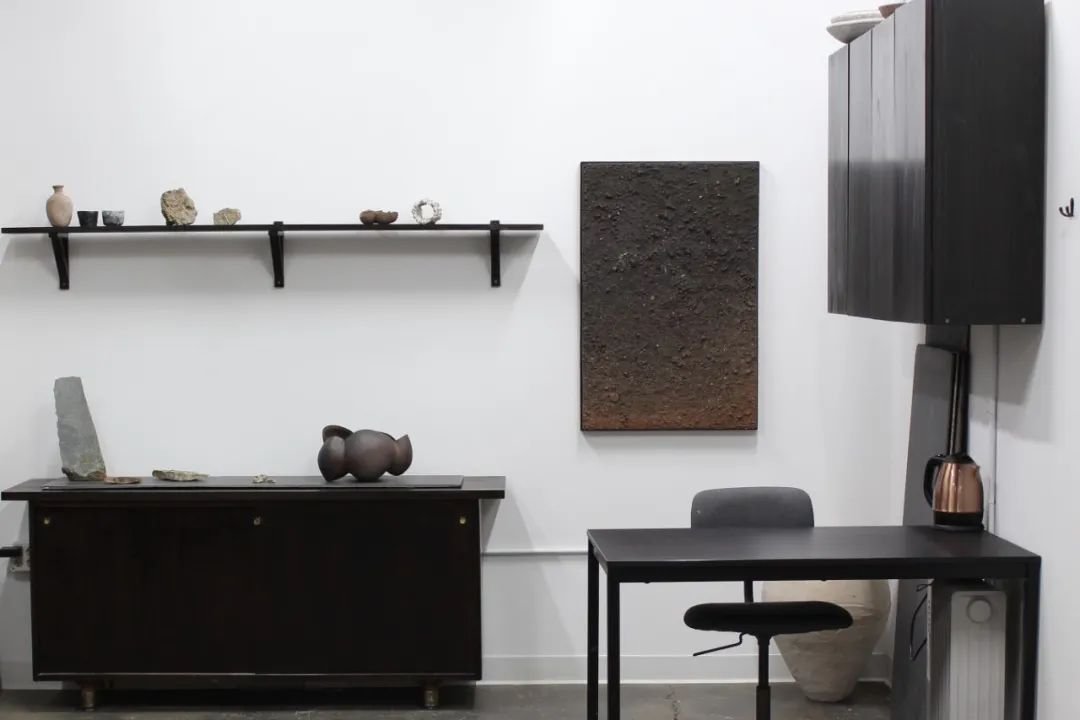
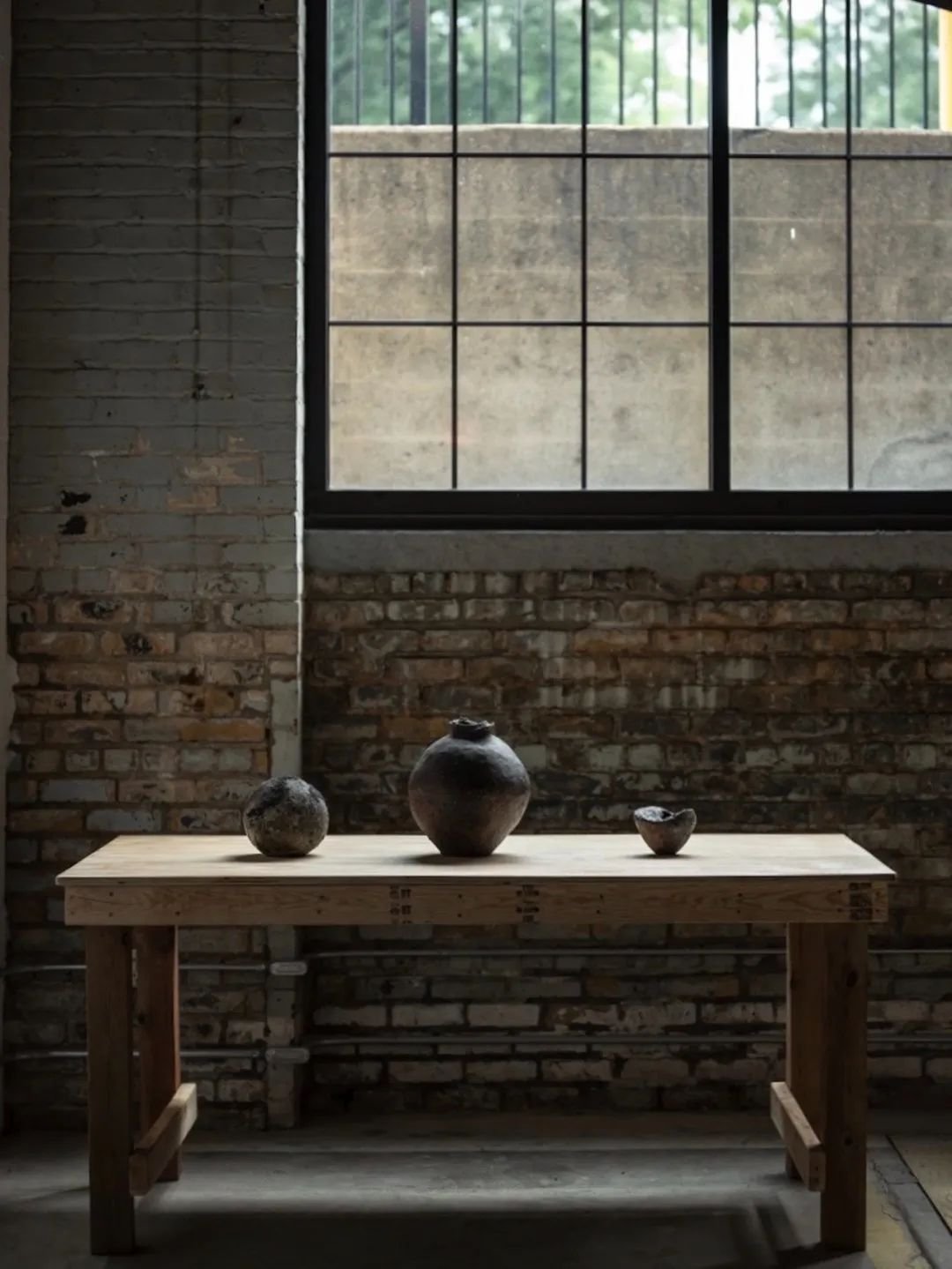
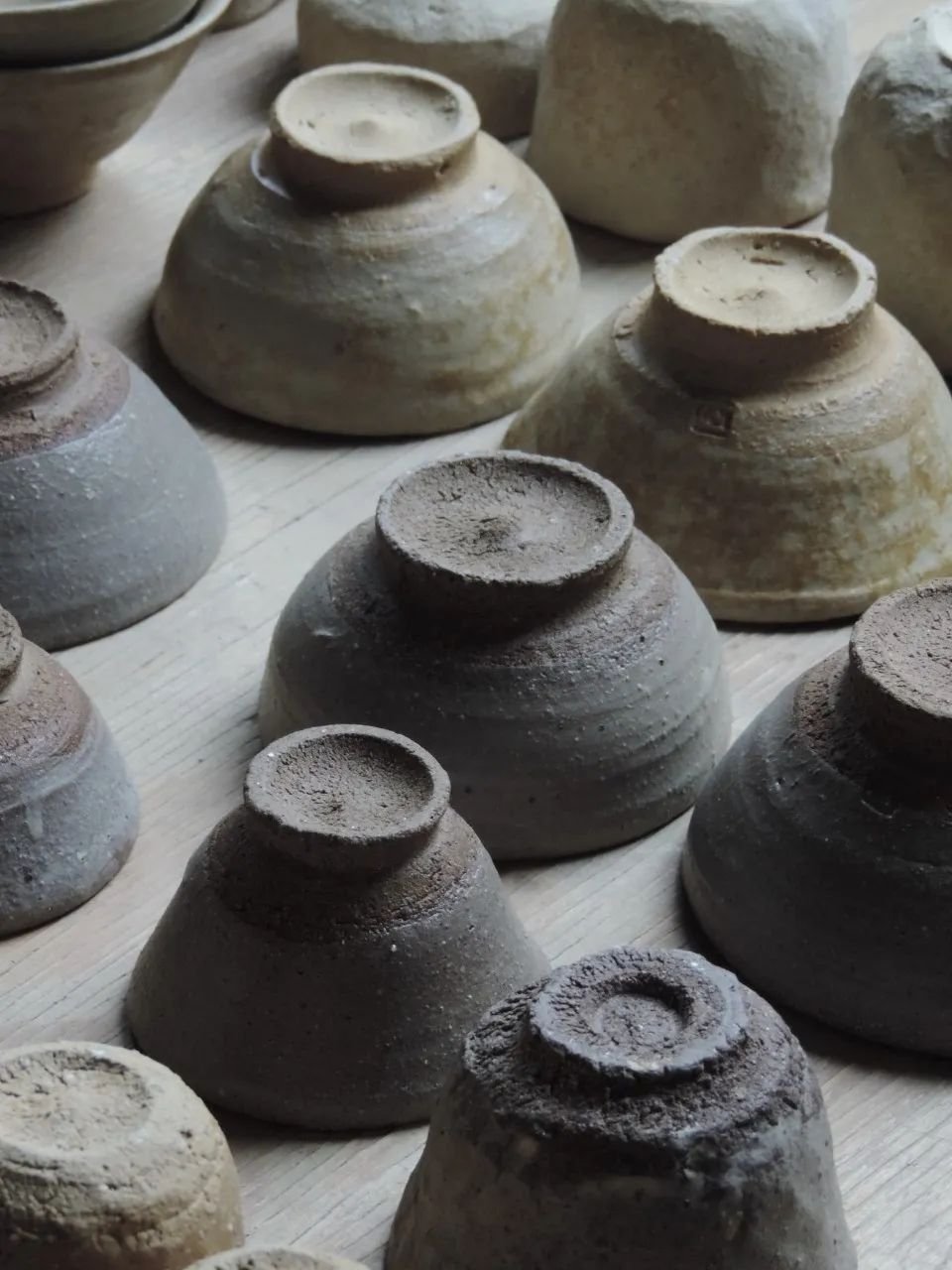

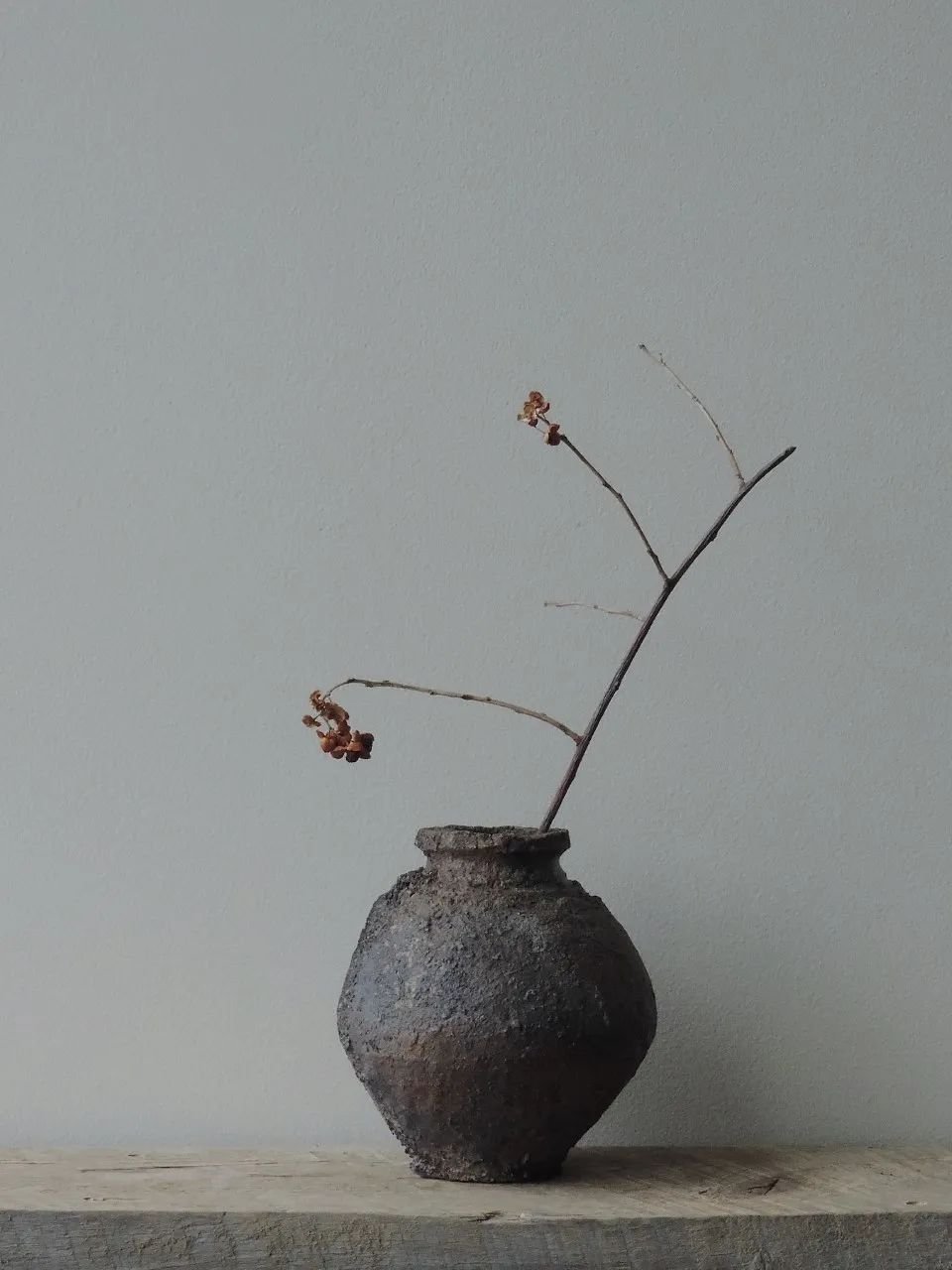
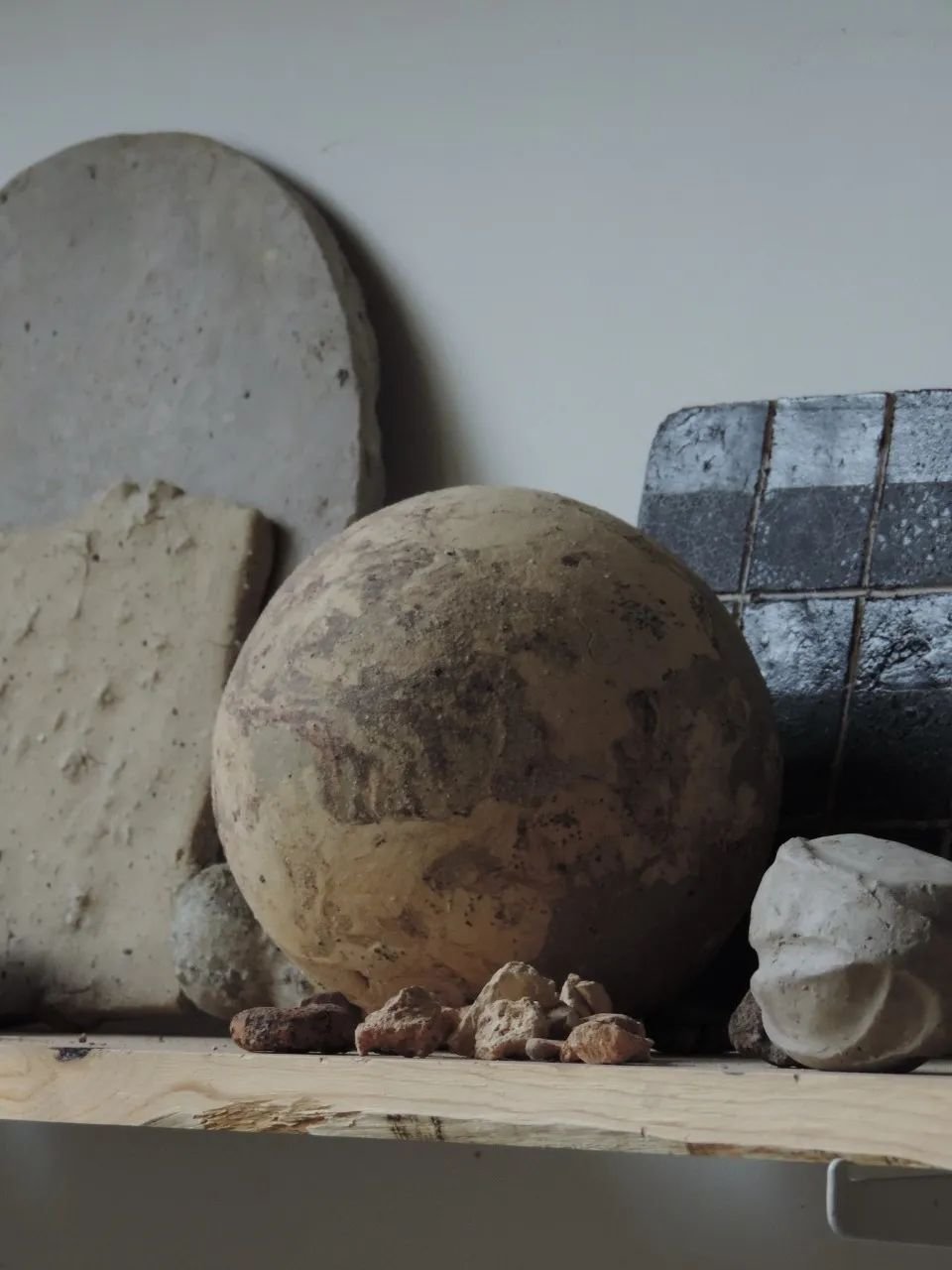
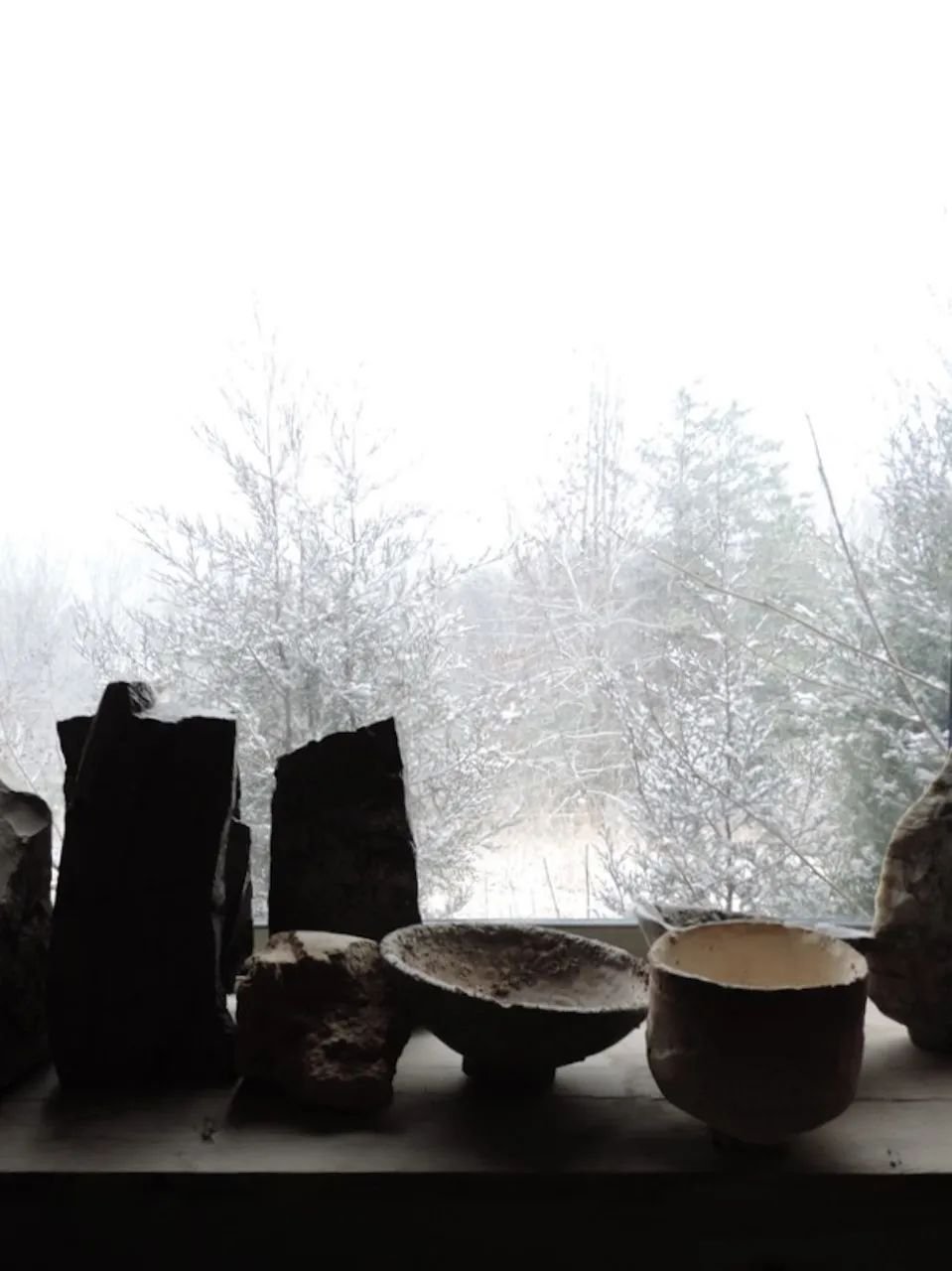
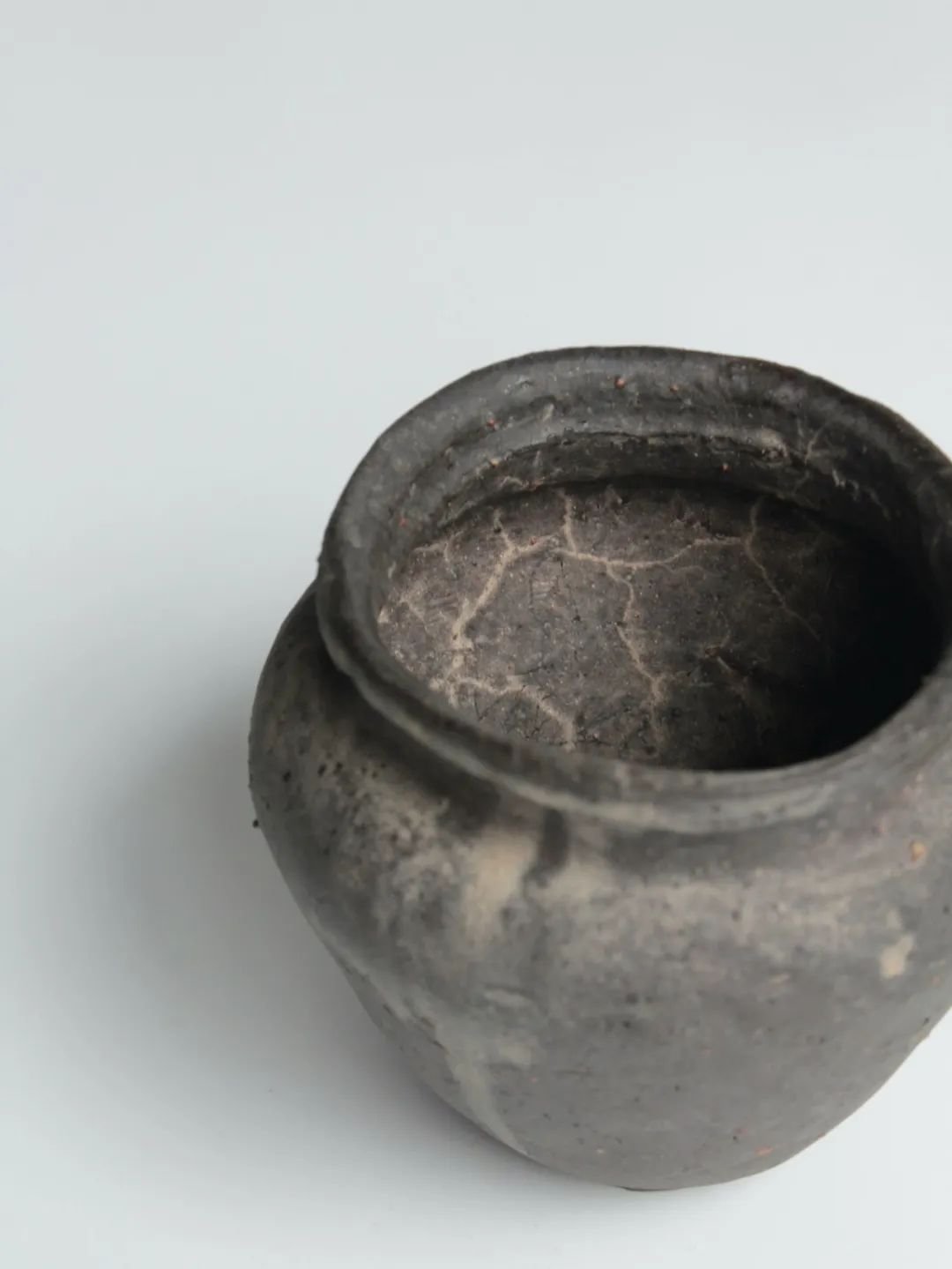
Past Exhibitions



